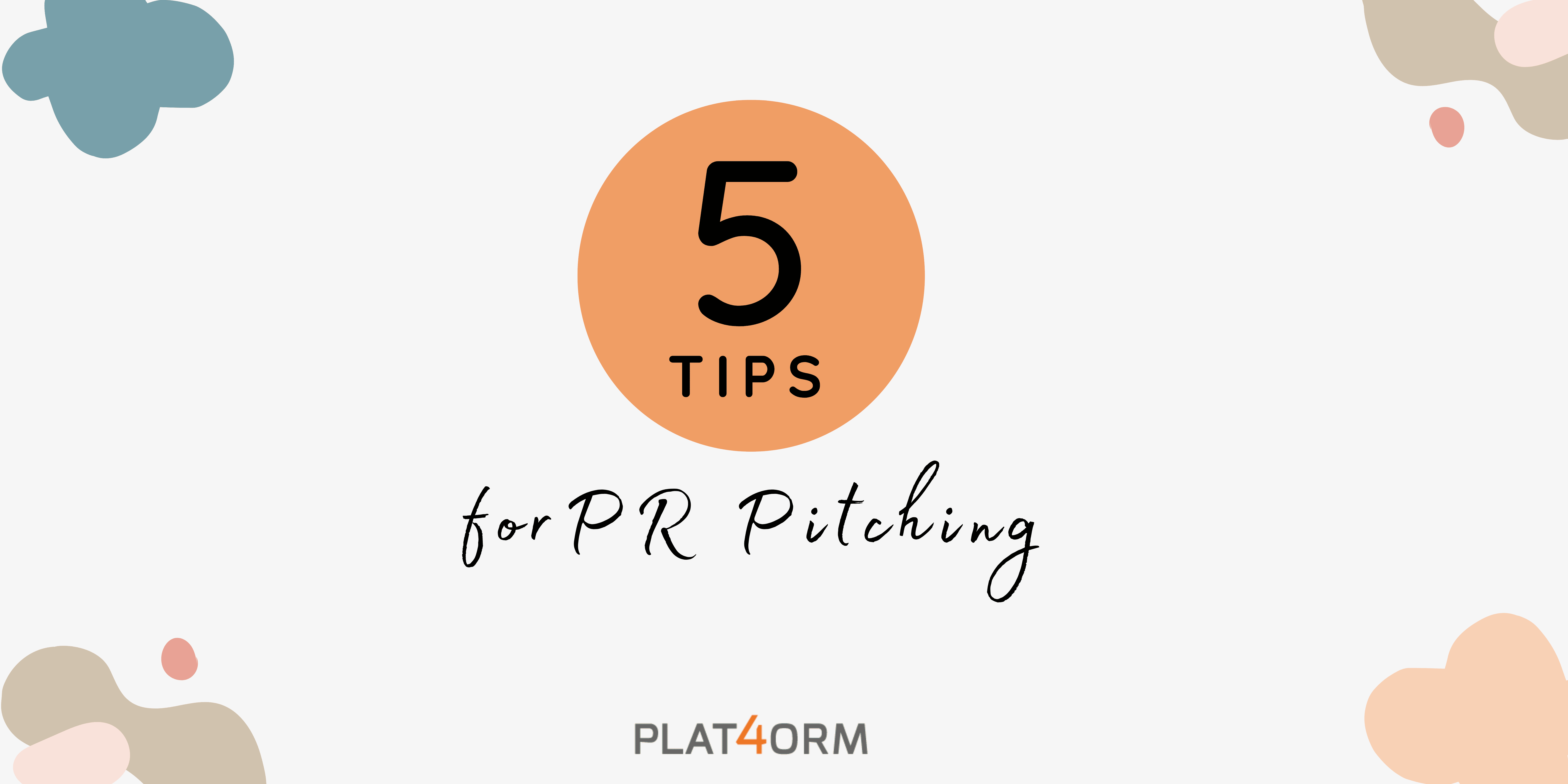
The thought of a journalist\’s inbox is very daunting. Imagining the sheer number of daily pitches they receive and the perpetual news cycle hamster wheel they are caught in is overwhelming. How do they differentiate which email to open and which pitch to pursue? As they constantly slog through mounds of text populating their inboxes, if the first words in the subject line or body of the email don’t catch the journalist’s eye in a quick scroll, it is likely your email shall be forever consigned to the trash bin of emails passed. What’s the secret to getting a journalist to open and cover your news?
Think Like a Journalist
Journalists’ entire professional career depends on the stories they produce. Published stories must be newsworthy and intended for the right audience at the right publication. Public relations is very similar – it’s our job to get a company’s news recognized and published.
When writing a pitch, it\’s helpful to imagine being the journalist in the newsroom convincing an editor to commission the story. What’s the hook? Why is the story right for this publication or journalist? Why would their audience want to read the story? Who is available for interviews to provide an expert opinion?
Avoid the Blur
Emails become abstract art if you look at enough of them. Words lose meaning, and sterile font bleeds into a swirl of black nothingness. Well, maybe it’s not that trippy, but keep in mind your email recipient has likely been staring at his or her computer screen for hours upon hours reading and writing and after a while, things start to blur.
That’s why you need to make your pitch pithy, urgent, and easy to read.
As you put your journalist shoes on, before you can even make the case for “why write this story” you need to make your “why read this email” case. Get to the point right off the bat. As any good journalist will tell you, don’t bury the lead. The first thing your recipient will see is the subject line. A good subject line will let the reader know what the pitch is about while teasing the recipient with exciting information to come in the body.
The journalist’s eye will go from the subject line to the first sentence to, hopefully, the rest of the pitch. Guide them. Don’t dilute the pitch with copy-and-paste press release jargon. Signpost the most salient things and people – and don’t be afraid to utilize bold, italics, and underline to make it clear what you’re focused on.
If you don’t immediately engage and guide your reader, that email will just blur into the rest of them.
Pitch the Right Reporter
Having a perfect pitch doesn’t always mean success. Why? It’s important to also determine the perfect person to share that pitch with. Is the journalist covering that beat? Does the publication cover the topic you’re offering?
Do your research and check if the journalist has written about related topics before targeting them. Sometimes, journalists will be nice and forward along your pitch to the right colleague, but plenty of them will not. Don’t rely on the middleman.
Another tip that will take you far in life in general: A bit of flattery goes a long way. Acknowledge a previous article a journalist has written and demonstrate that you’ve actually read it. And like a nice little bow on this gift you’ve given the journalist, tie it together with a brief statement explaining why your pitch is relevant to the journalist’s background. They appreciate you actually taking the time to read their coverage and offer your feedback. This relationship can go both ways.
From Inbox to Publication
All of these above tips are not guarantees that your story will get covered, or your pitch even read. But thinking like a journalist will increase your chances of staying out of the deleted email folder.
If you are struggling to get your pitch out of email limbo, Plat4orm can help you get your stories out of inboxes and into the right publications for everyone to see. Contact us today.

